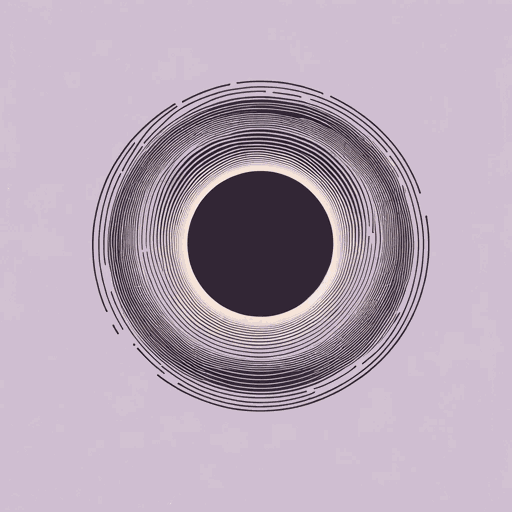54 pages • 1 hour read
Stephen HawkingBrief Answers to the Big Questions
Nonfiction | Book | Adult | Published in 2018A modern alternative to SparkNotes and CliffsNotes, SuperSummary offers high-quality Study Guides with detailed chapter summaries and analysis of major themes, characters, and more.
Chapter 3Chapter Summaries & Analyses
Chapter 3 Summary: “Is There Other Intelligent Life in the Universe?”
Life organizes itself to survive and reproduce. The first thing humans invented that fits this definition is the computer virus. Most life forms that we know of, though, are largely carbon, which must exist in its present form to allow for life. Significant changes to carbon’s characteristics—its electric charge, how its nucleons are constructed, and other properties—would preclude the existence of life as we know it.
When the universe began, only protons and neutrons existed. A hydrogen atom contains a single proton, but in the intense heat of the first second, some neutrons combined with protons to form helium. Hydrogen and helium gases slowly cooled until, after about two billion years, clumps of gas formed into galaxies of stars. Stars convert hydrogen into helium and some of the bigger atoms. Some stars are so big that they explode, spreading heavier atoms across space, which condense in nearby clouds to form new stars surrounded by planets.
About one in five nearby stars have Earth-like planets that might contain life. On Earth, molecules made of carbon, nitrogen, and other elements formed into ribonucleic acid (RNA) and deoxyribonucleic acid (DNA), the atoms of which act like a code for assembling proteins. These molecules, which form fairly easily and can split and reproduce, are the building blocks of life on Earth.
Related Titles
By Stephen Hawking



